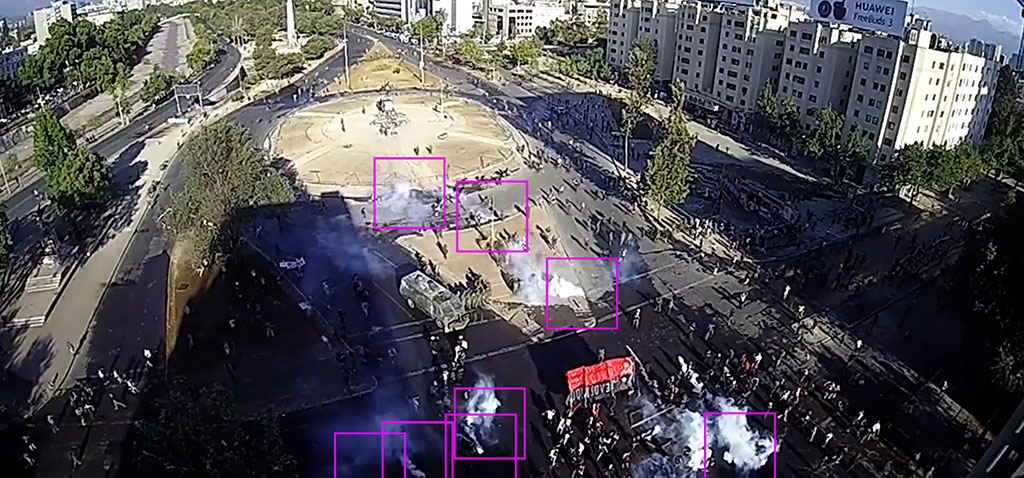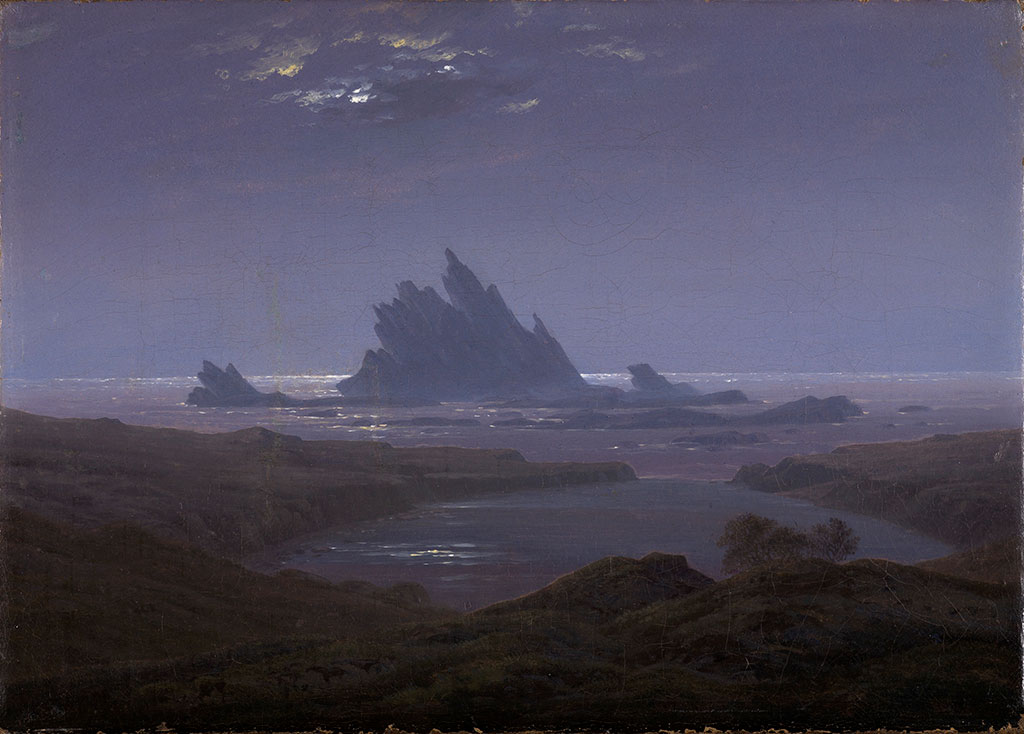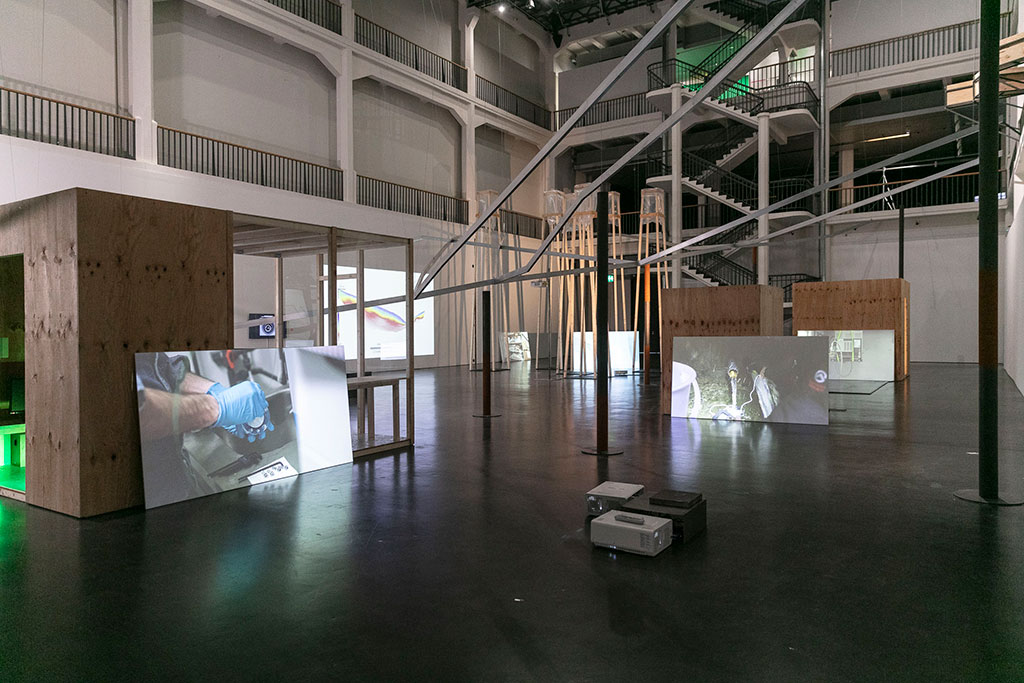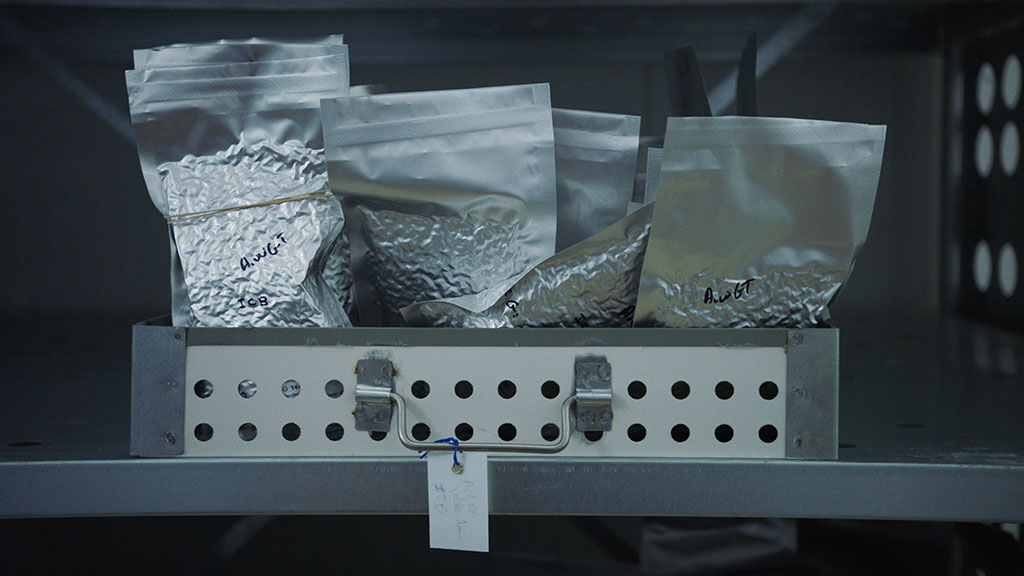ART-PRESENTATION: Critical Zones-Observatories for Earthly Politics
 For a long time the reactions of Earth to our human actions remained unnoticed, and have now finally – not least due to recent international climate protests – moved into public consciousness. The exhibition project “Critical Zones. Observatories for Earthly Politics” invites visitors to engage with the critical situation of the Earth in a novel and diverse way and to explore new modes of coexistence between all forms of life.
For a long time the reactions of Earth to our human actions remained unnoticed, and have now finally – not least due to recent international climate protests – moved into public consciousness. The exhibition project “Critical Zones. Observatories for Earthly Politics” invites visitors to engage with the critical situation of the Earth in a novel and diverse way and to explore new modes of coexistence between all forms of life.
By Efi Michalarou
Photo: ZKM|Center for Art and Media
In order to remedy the generally prevailing disorientation and dissension in society, politics and ecology with regard to the changing state of the planet, the exhibition project sets up an imaginary cartography, considering the Earth as a network of “Critical Zones”. This term is taken from the geosciences and describes the fragile layer of the Earth, its surface, which is only a few kilometres thin and on which life is created. In addition to emhasizing the vulnerability of this thin layer, the term also sheds light on the numerous controversies that have triggered new political attitudes towards it. Created by a wide variety of life forms over time, living organisms interact in these “Critical Zones”, but also earth, rock, water and air. Those life forms had completely transformed the original geology of the Earth, before humanity transformed it yet again over the last centuries. Over a period of several months ZKM will host project “Critical Zones. Observatories for Earthly Politics” conceived as a scale model to simulate the spatial novelty of this new land as well as the diversity of relations between the life forms inhabiting it. It will serve as an “observatory of critical zones” This special combination of thought experiment and exhibition was developed by Peter Weibel and Bruno Latour in their previous collaborations at ZKM. “Iconoclash” (2002), “Making Things Public” (2005) and “Reset Modernity!” (2016) constitute the three former “thought exhibitions” (Gedankenausstellungen) that resulted from their intensive working relationship which now spans twenty years.
“Critical Zones Study Group” at the University of Arts and Design Karlsruhe: Under the guidance of Bruno Latours and in collaboration with Martin Guinard-Terrin, Bettina and Daniel Irrgang, the participants of the research seminar worked both conceptually and with concrete contributions on the preparation of the exhibition of the same name at the ZKM. In an experimental research seminar, students set themselves the task of exploring and describing the potential of the “CRITICAL ZONES” and ultimately making it tangible as an exhibition.
Participating Artists: Alexandra Arènes & Soheil Hajmirbaba, Cemelesai Dakivali (Arsai), Gemma Anderson, Anna Atkins, Lise Autogena & Joshua Portway, June Balthazard, Nurit Bar-Shai, Nicolaes Berchem, Julian Charrière, Jingru Cheng, Xinhao Cheng, Jürgen Claus, Gustave Courbet, Joos van Craesbeeck, Dilip da Cunha & Anuradha Mathur, Johan Christian Clausen Dahl, John Dalton, John Frederic Daniell, Johannes de Sacrobosco, Horace Bénédict de Saussure, Jean-André (De)luc, Emily Dickinson, Martin Dornberg & Daniel Fetzner, Matthieu Duperrex, Albrecht Dürer, Peter Fend, Marco Ferrari, Forensic Architecture, Caspar David Friedrich, Geocinema (Asia Bazdyrieva & Solveig Suess), Laurentio Gobart, Claudia Gonzáles Godoy, Orra White Hitchcock, Karen Holmberg & Andrés Burbano, Robert Hooke, Jean Hubert, Elise Hunchuck, Peter Hutchinson, Pauline Julier, Athanasius Kircher, Wilhelm August Lampadius, Bruno Latour & Frédérique Aït-Touati, Fabien Léaustic, Carl Friedrich Lessing, Sonia Levy, Julius von Leypold, Rachel Libeskind, Armin Linke, James Lovelock, Len Lye, Marcus Maeder, Petra Maitz, Jumana Manna, Franz Marc, Barbara Marcel, Lynn Margulis, Lukas Marxt, Antonio Mizauld, Edith Morales, Tahani Nadim & Sybille Neumeyer, Otobong Nkanga, Dennis Oppenheim, Uriel Orlow, Sophie Ristelhueber, Johann Wilhelm Schirmer, Guido Philipp Schmitt, HA Schult, Rasa Smite & Raitis Smits, Yuhsin Su, Sarah Sze, Territorial Agency, The Bio Design Lab, Gediminas and Nomeda Urbonas, Otto Marseus van Schrieck, Stéphane Verlet-Bottéro, Alexander von Humboldt and Caspar Wolf.
Info: Curatorial committee: Bruno Latour and Peter Weibel with Martin Guinard-Terrin and Bettina Korintenberg, ZKM|Center for Art and Media, Lorenzstraße 19, Karlsruhe, Duration: 23/5/20-28/2/21, Days & Hours: Wed-Fri 10:00-18:00, Sat-Sun 11:00-18:00, https://zkm.de






